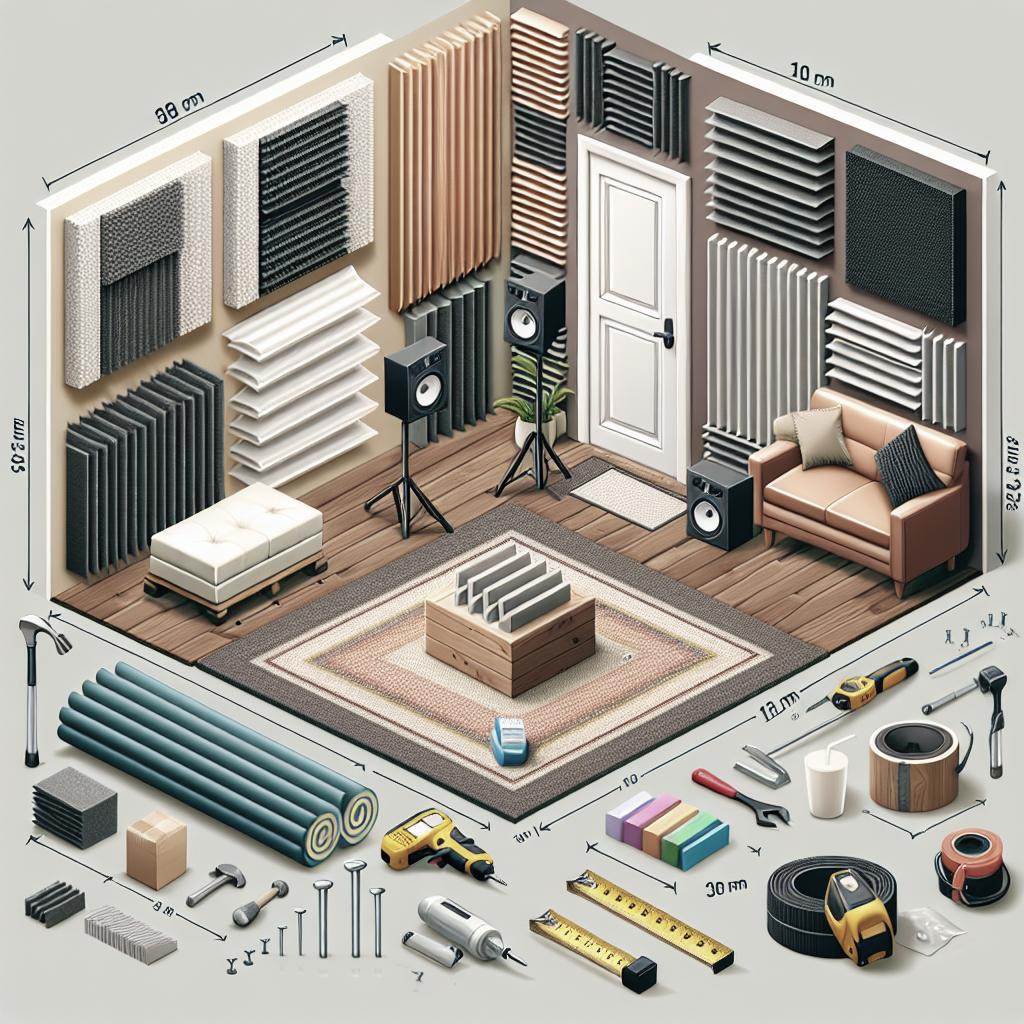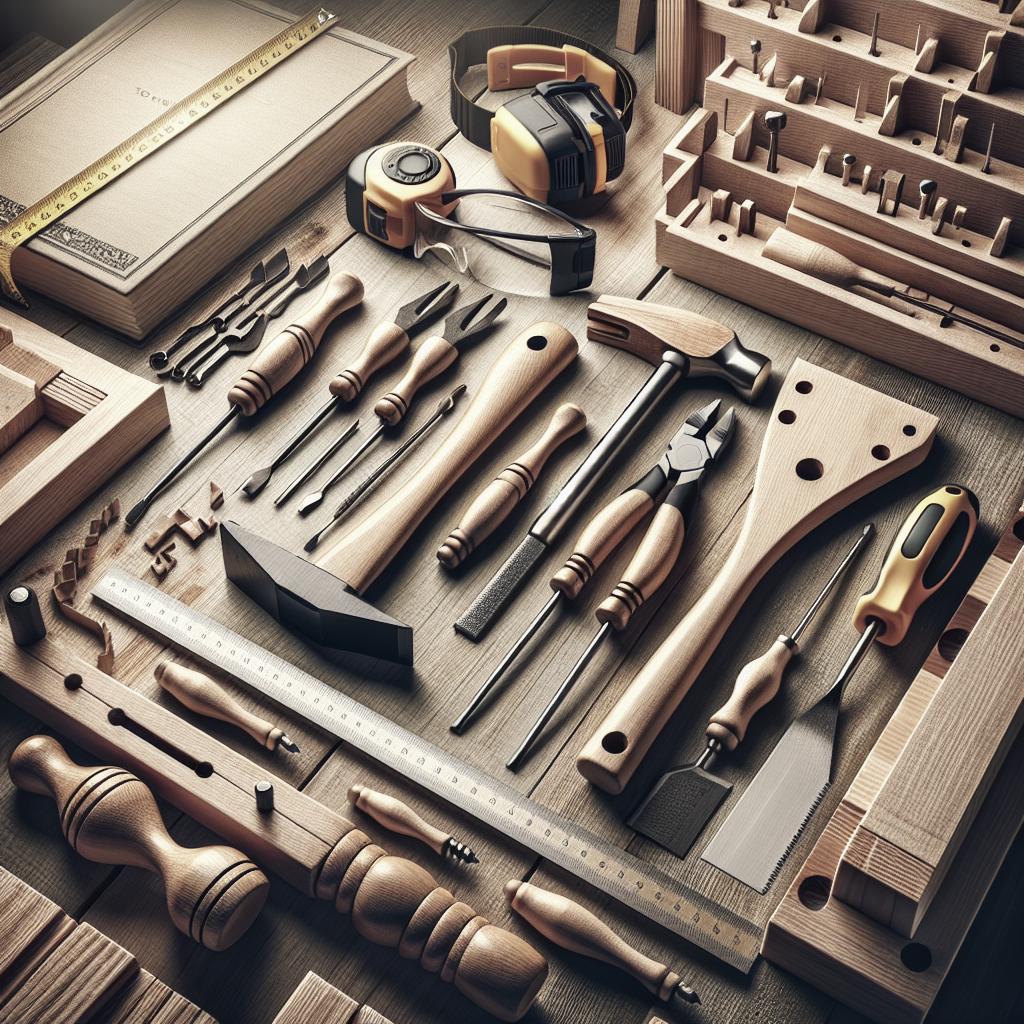“`html
How to Soundproof a Room
Whether you’re looking to create a serene and quiet environment for work, study, or relaxation, soundproofing a room is an essential step. This comprehensive guide will provide you with practical strategies to soundproof walls, doors, windows, floors, and ceilings effectively. We’ll delve into tips involving home decor items and specialty materials for soundproofing, alongside exploring the concept of the Noise Reduction Coefficient and its role in soundproofing efficiency. With these insights, you’ll be equipped to make informed decisions tailored to your budget and aesthetic preferences, creating a quieter and more peaceful atmosphere at home.
How to Soundproof Walls and Rooms
Soundproofing walls is often the first step in creating a quieter room. One efficient method is adding mass to the walls using mass-loaded vinyl or additional layers of drywall. These materials work by adding extra weight, which helps in blocking and reducing sound transmission between rooms.
Another key technique is decoupling, which involves separating the two sides of a wall to minimize sound vibrations. This can be achieved using resilient channels or sound isolation clips, which can significantly enhance the soundproofing capabilities of a wall. Filling the space between walls with acoustic foam or fiberglass insulation can further dampen sound transmission.
How to Soundproof Doors
Doors are often the weakest link in a room’s soundproofing. Solid core doors are a notable upgrade from hollow ones, as they provide a sturdier and more impenetrable barrier against noise. Additionally, door sweeps and weather stripping can be used to seal gaps around the door edges to prevent sound from seeping through.
Acoustic panels can also be mounted on doors to enhance soundproofing. These panels are specifically designed to absorb sound and prevent echoes, making them an excellent addition for soundproofed doors. Consider adding thresholds for an extra layer of protection.
How to Soundproof Windows
Windows can significantly affect a room’s sound environment. Installing double-glazed or acoustic windows can drastically reduce noise infiltration. These windows are built with multiple glass panes and sealed for optimal sound dampening.
Window plugs, made from acoustic foam or mass-loaded vinyl, can be custom-fitted to block noise. Heavy curtains or soundproof blinds also contribute to decreasing sound permeability, providing both functional and aesthetic benefits.
How to Soundproof Floors
Floors can be a major path for unwanted noise. To reduce sound transmission, consider installing thick carpets or rugs. These items effectively absorb noise, especially impact sounds, and add warmth to the space.
For more robust soundproofing, consider adding an underlayment beneath your flooring. Materials such as cork, rubber, or foam can provide an additional soundproofing layer that helps absorb low-frequency sounds commonly transmitted through flooring.
How to Soundproof a Ceiling
Ceilings can be soundproofed using techniques similar to those for walls. Adding dense mass like drywall or soundproofing panels can help reduce noise from above. Soundproofing insulation, such as fiberglass or foam, can also be placed between ceiling joists for enhanced sound absorption.
Suspending a ceiling using resilient channels is another effective strategy. This helps in decoupling the ceiling structure, reducing noise transmission from the floors above and creating a more serene environment below.
Home Decor Items
Integrating home decor items can significantly aid in soundproofing. Thick fabric curtains, soft furnishings, and bookcases filled with books can absorb sound and reduce echo in rooms, enhancing the effectiveness of existing soundproofing measures.
Wall tapestries and upholstered furniture are other options that combine aesthetic appeal with functional sound absorption, contributing to a cohesive soundproofing strategy that doesn’t compromise on style.
Specialty Soundproofing Materials
There are several specialty soundproofing materials designed specifically for noise reduction. Acoustic panels and tiles, made from materials like foam or fabric, are specifically engineered to absorb sound and reduce reverb within a space.
Mass-loaded vinyl (MLV) is another highly effective sound-dampening option. This dense, flexible material can be applied to walls, ceilings, and floors, offering a practical solution for those looking to enhance their soundproofing measures.
What Is Noise Reduction Coefficient?
The Noise Reduction Coefficient (NRC) is a numerical identifier that indicates the ability of a material to absorb sound. The range is from 0 (no absorption) to 1 (complete absorption), making it a useful metric in assessing how well a material can aid in soundproofing.
Materials with a high NRC are more effective in reducing sound reflection within a space, which is crucial for creating an acoustically balanced environment. Understanding NRC values can help in selecting the right materials for optimizing sound performance in a room.
Lessons Learned
| Soundproofing Area | Key Strategies |
|---|---|
| Walls & Rooms | Adding mass, decoupling, and using acoustic insulation |
| Doors | Install solid core doors, use door sweeps, and add acoustic panels |
| Windows | Install acoustic windows, use window plugs, and heavy curtains |
| Floors | Add carpets, rugs, and underlayment |
| Ceilings | Add dense mass, use resilient channels, add insulation |
| Home Decor | Use thick curtains, soft furnishings, and wall tapestries |
| Specialty Materials | Use acoustic panels, tiles, and mass-loaded vinyl |
| NRC | Select materials with a high Noise Reduction Coefficient |
“`


